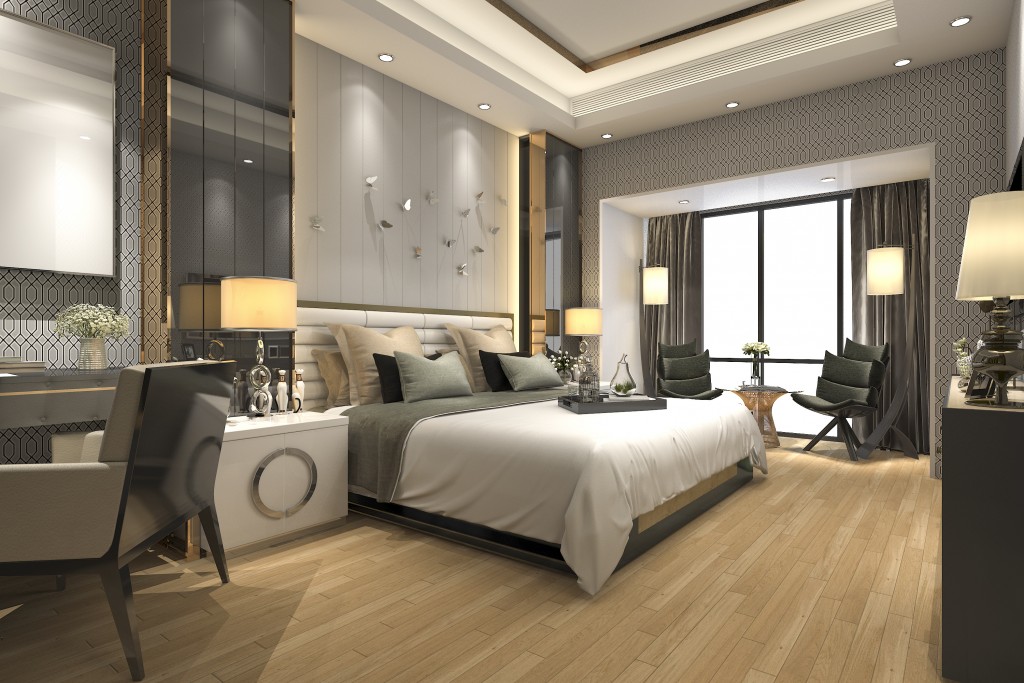Bold and unique office designs make a statement and help convey the identity of a brand. This is especially evident in creative businesses, with their office furniture and workspaces designed to reflect their brand. This could come in the form of sculptural desks and chairs, brightly colored cubicles, and graphic murals on walls.
If you want your office space to come across as striking and memorable, consider the designs and style trends that reflect the Memphis design philosophy.
Memphis Design Movement in Contemporary Furniture
The Memphis collective design was initially rejected in the ‘80s for being kitsch and absurd. It wasn’t until the ‘90s that it gained a loyal following. Artists and musicians would pay absurd amounts of money for an original Memphis collection. With a captivated market in the creative industry, the revival of the Memphis design movement began.
After the death of its founder, the original members of the collective continued developing the identity of the design individually. Nathalie du Pasquier, one of the members the American Apparel commissioned in 2014, designed a Memphis-inspired collection that made headlines in the industry. Various musicians and artists, like David Bowie and Sofia Coppola, then began actively voicing their support for the Memphis aesthetic, which easily shed the spotlight back to the movement.
The emergence of the movement challenged ideals and current standards for furniture design. It spread the nontraditional style of designing furniture. Busy patterns and synthetic material, which permeated every aspect of popular culture, served as inspirations for the Memphis aesthetic. Furniture retained absurd geometric shapes and laminate veneer returned in style. Desks shaped in triangles and bizarre angles painted in garish colors made their way to postmodern interior designs. Workspaces made out of a combination of plastic and metal emerged.
The Memphis style today still embodies the belief that form does not have to follow function. The design movement’s furniture, textiles, lighting fixtures, and accessories embodied the risk-taking and idealism of postmodernism. Its eccentric beginnings continue to influence graphic and interior designs.
The Birth of Memphis Design

Ettore Sottsass, an Italian designer and architect, founded the Memphis Design Collective in the 1980s as a way to reverse the status quo. At the time of its creation, the prevalent art style was functional modernism, a neutral and understated design more focused on functionality. Sottsass then sought out to change this and gathered a handful of Italian designers to come up with their own furniture designs.
Memphis design brought bold, bright colors and unusual, geometric designs, rejecting traditional shapes and the use of monochromatic colors into the world of furniture design. Materials exclusive to flooring and walls became the base for desks, chairs, and tables.
One of the collective’s primary objectives was to evoke an emotional response from people through designs. This paved the way for contemporary young designers to understand that an emotional approach to furniture creates iconic designs. Since the Memphis movement focused on bold, eye-catching tyles that made people look twice, using this in the corporate world may guarantee your brand stands out.
